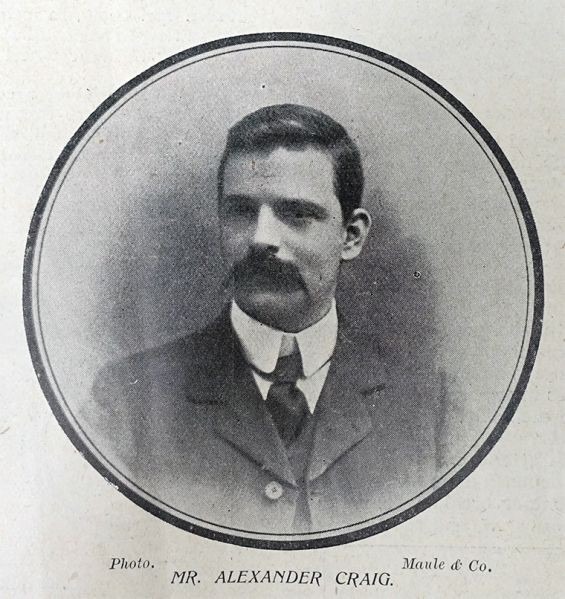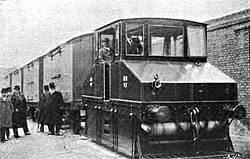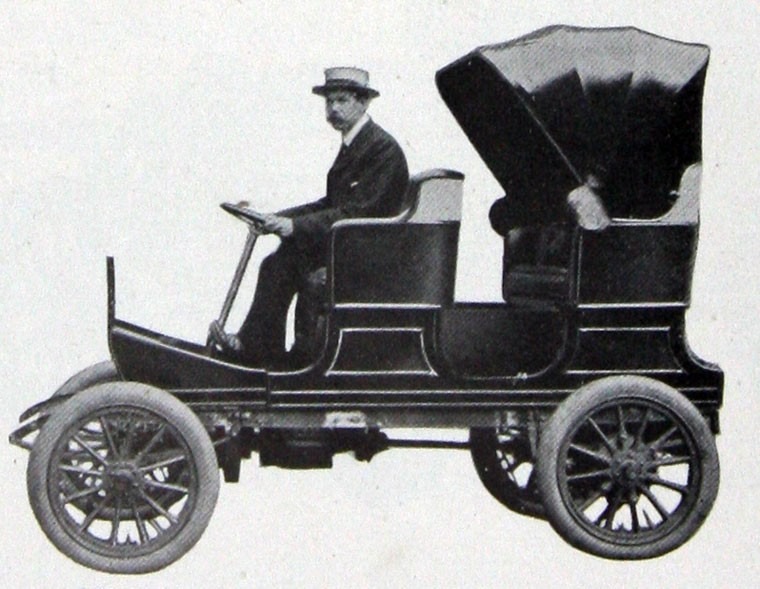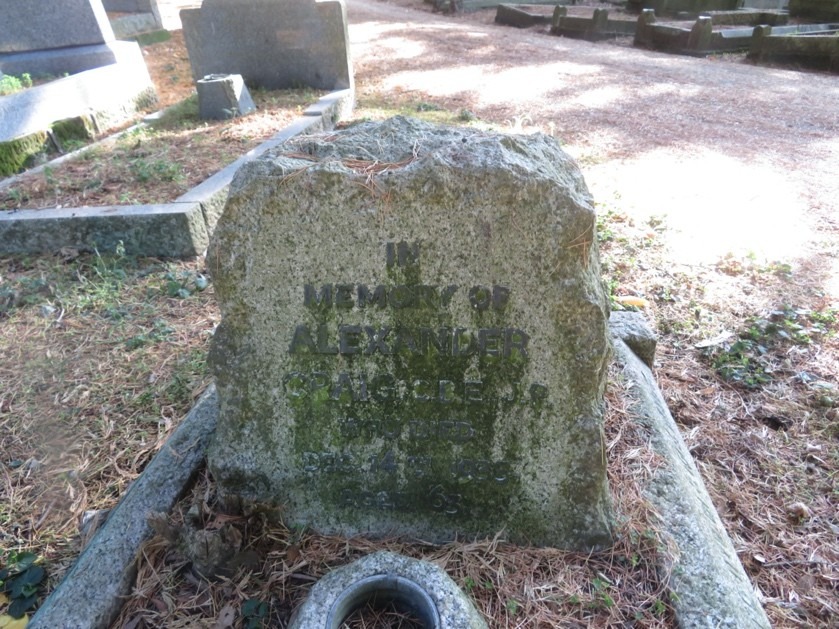
Historian and Coventry Society member Peter James believes that Alexander Craig is an unsung hero from Coventry’s automotive history. Peter writes…..
Early life
Little is recorded about Alexander Craig’s early years, though his later achievements suggest a solid foundation in his technical education. This and hands-on engineering experience set the stage for his influential career in the British automotive industry.
“Mr Alexander Craig is a mild spoken young man rather under average height and of a quiet disposition. He appears to be more of a bookworm than a practical mechanic which only proves that appearances are often deceptive”
Alexander Craig was educated at Mason Science College in Edmund Street Birmingham before serving an apprenticeship as an engineer at the railway works in Crewe.
Humber Limited
By 1896 he had moved to Coventry to work at Humber Limited as an engineer. This was the year that Humber began building motor vehicles having previously only made cycles. His main contribution was to lay out and organise the motor department. Craig left Humber in 1901 after becoming Chief Engineer and set out as a freelance consulting engineer. He continued to work for Humber as a consultant.
Maudslay Connection
Craig became closely associated with the Maudslay Motor Company formed in 1901 by Cyril Charles Maudslay to build marine engines in a factory at Parkside. In 1902 after limited success in the marine business Alexander Craig was commissioned to design an automobile engine. The result was a 3-cylinder engine with pressure lubrication to run in a car.
Maudslay Motor Company also built a petrol locomotive for the City of London Corporation to pull trucks from London to Deptford. This was a larger version of the 3-cylinder engine but could deliver 85 bhp and move 50 tons up a gradient of 1 in 36. It was the first commercially available petrol locomotive in the world.

Promotion
In 1907 Maudslay Motor Company (1907) became a public company with Alexander Craig a member of the board of directors. The company was now focused on building buses and commercial vehicles. Alexander Craig was later promoted to the position of Managing Director of Maudslay Motor Co. in 1914.
Move to Earlsdon
1907 was the year when Craig and his family relocated to Earlsdon, a suburb of Coventry known for its growing community of engineers and industrial workers. Living in this environment likely facilitated his collaborations with other leading engineers of the era.
Standard Motor Company.
Details of the exact nature and duration of Craig’s involvement with the Standard Motor Company remain unclear. However, it is evident that he played a significant role during the company’s formative years. Especially regarding the design of its range of engines. The factory was founded in 1903 in Much Park Street with offices in Earl Street. This factory is where the Standard Victoria model was built. Their first car which announced the presence of the company as a car maker.

Later life
Alexander Craig and his family left Earlsdon House in 1930 and moved to South Hurst near Kenilworth. He died while living there on 14th December 1935. His wife Kate died ten years later in June 1945 after moving to Pembrokeshire. They are both buried in the same grave at London Road Cemetery.

Legacy and Influence on Coventry Automotive Industry
As a consulting engineer, Alexander Craig had a marked impact on car design and the development of engineering standards across several major Coventry based firms. His leadership, openness to innovative ideas and technical acumen helped position Coventry as a hub of automotive innovation in the early twentieth century. Colleagues frequently noted his willingness to introduce new concepts and challenge conventional practices fostering an environment that encouraged progress and experimentation.
